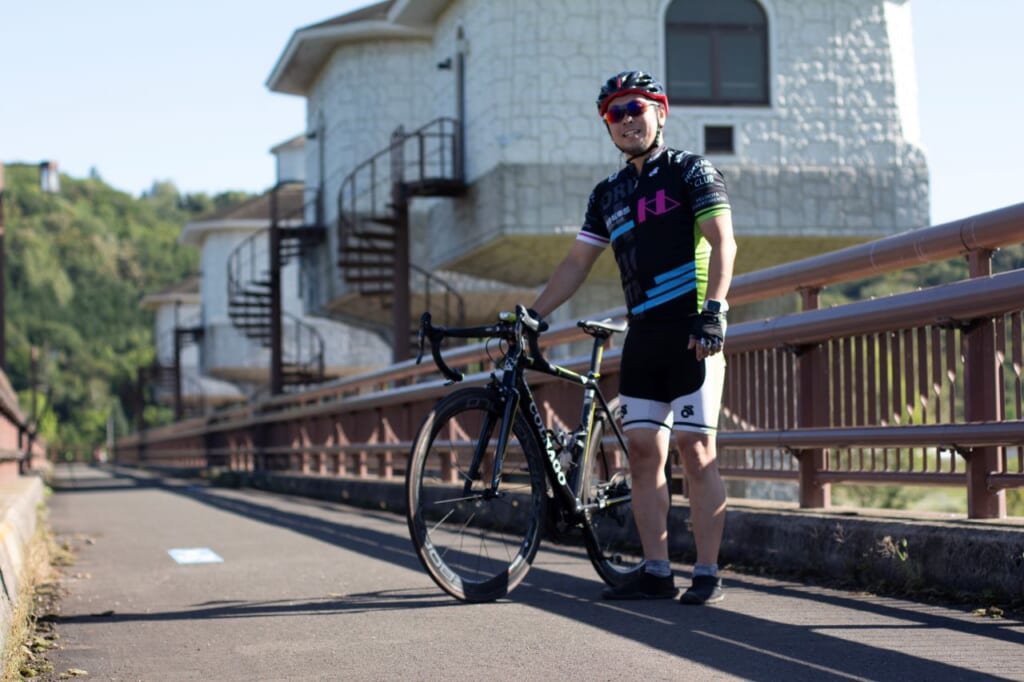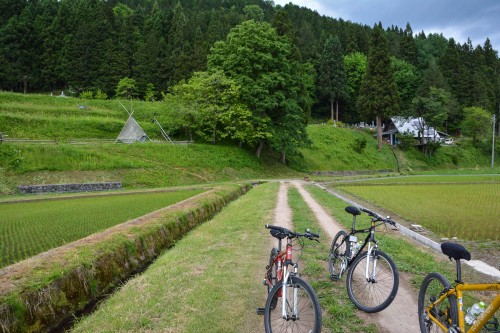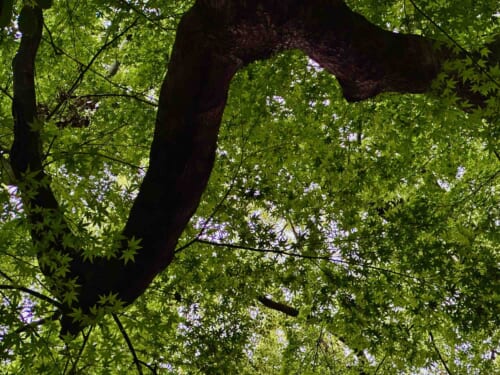Dosanko, once defined as the species of horse native to Hokkaido has evolved to a cheerful moniker for the people and activities across Japan’s up-country.
There is a particular gravity to Hokkaido, I feel it in my interactions with many proud dosanko. Against trends of both immigration and travel, many have remained in Hokkaido’s orbit drawn further into their lifestyles unswayed by Tokyo’s allure. A fresh authenticity prevails, and an eagerness to share the dosanko way with travelers and greenhorn alike.
Heart Ranch: Meeting with Native Horses
Simba spryly dashes across the pasture on a crispy Hokkaido morning. The sun shines high above the hollow. Next to the blue barn, trees sway in soft wind having yet to commit to fall. Awoken, Simba’s sister Eve lifts her napping head fixing curious eyes on Simba. Satisfied its only her brother causing a ruckus, Eve rests her head dotingly on Rita Tatsukawa and drifts off to sleep.
Both Eve and Simba, Heart Ranch’s newest foals, are eager to soak in the limelight having successfully stolen my attention from Tatsukawa’s Heart Ranch’s newest offering — a cozy café and guesthouse meant to thin the barrier between human and horse.


Tatsukawa, originally from Yokohama, chose the dosanko life after she moved alongside her family keen on reviving East Hokkaido’s equine roots. With a string of horses now numbered eight, Heart Ranch offers an up-close look at these majestic creatures. Two riding courses are offered lasting up to 90 minutes, through a variety of landscapes.
At the crest of the hill, stay in comfort at a beautifully designed camper or glamp under the stars and verdant fields with views of nearby Akan-Mashu National Park and Kushiro wetlands.
Lake Kussharo: The Story of Water
The waters flowing through the expansive marshes bordering Kushiro trace to one of Hokkaido’s most beautiful treasures: Lake Kussharo.
Akimasa Takikawa, my guide, dances in slight pain in shallow waters off the shore of Wakoto Peninsula. A slight hissing from the rocky shore gives reason for his fervent shuffle. Lake Kussharo is one of the world’s largest caldera lakes — born from a mega eruption over 100,000 years ago. The waters of the lake betray a sense of cold, shallows near hidden geothermal vents are hotter than most onsen (hot springs).

A lifelong resident of Hokkaido — Takikawa moved out to Bihoro to help revitalize the local road station perched above Lake Kussharo at the crest of the mountain pass. Nowadays, with his tour company Peacan Kikaku, he and I float along the crystal lake in a wooden double canoe.
After finding a place where he won’t scald his feet, Takikawa digs a hole in the coarse gravel. Suddenly, rock gives way to steam bringing forth silty onsen water. Today, the water’s purpose is simple, to boil a few eggs he tucked away in his bag. We sit, chilled by the cool lake air, our feet warmed by the onsen water and soak in the horizon.



For Takikawa, Lake Kussharo source waters share a story of creation and coexistence with nature. From the slopes nearby Mount Makoto or deep within the earth, it collects in Lake Kussharo then snakes down the primeval landscape of the Kushiro wetlands before flowing out into the mighty ocean.
Cycling Along Okhotsk
For Yuki Watanabe, a resident of Kitami, oceanscapes along the northern coast of Okhotsk, are his favorite when cycling. Across the sub-prefecture (Hokkaido is indeed that big) a wealth of cycling routes snake beside onion fields, lush forests, and briny lakes.
Watanabe, a member of the Kitami Cycling Association, picked up cycling from his father. Born in nearby Saroma, a lakeside town famed for its scallops, he favors the routes alongside the jagged cliffs near Abashiri and Cape Notoro.

A grand arterial cycling route connects travelers to all of Okhotsk’s most famous scenes. Starting in Abashiri, the 40-plus kilometer is a dedicated road made from a repurposed rail line once used to serve the famed Alcatraz of Japan — Abashiri prison.



Cycling in Okhotsk isn’t confined to green seasons — renting a fat bike from a local cycling station or hiring a guide from local touring company Connectrip is the easiest way to enjoy a winter excursion.
While the fall foliage of Hokkaido is among Japan’s greatest, Watanabe cautions to be prepared for earlier sundowns and cooler temps.
Summer Ice in Hokkaido
Although a balmy Hokkaido valley town, the ice is ever present in Kitami.
Curling is a source of local pride in Kitami especially since the Japanese Olympic team won the country’s first medal in the sport at the PyeongChang 2018 Olympic Winter Games. Fast growth since then has seen the construction of two high-tech centers in Tokoro and Kitami City proper.
Yudai Uechi’s breath is a faint cloud as he stares down the ice bracing himself to launch the weighty curling stone. The curling hall in Tokoro with four lanes is empty sans our group. Our game, a simple beginners’ match, is a tightly contested affair, no thanks to me, I’ve only succeeded in breaking the fragile ice.


Releasing the stone, it flies across the ice with intent, scurrying down the lane towards the “house,” hopefully knocking our competitor Ayamo Monoi’s previous shot out of play.
Uechi and Monoi’s love for curling is infectious, always ready to teach beginners or assist in running tournaments.
The pair are members of the regional revitalization corps, a nationwide program aimed at giving new strength to local industry or culture. Their mission, to promote curling as a sport in Kitami and beyond.
Hokkaido is a prefecture defined by distance — its widest portions rivaling the stretch between Tokyo and Aomori. Access to hard reach places is only done through car.
You could spend an entire trip here and not even delve to its deepest layers. Without distance are the dosanko, hospitable and eager to share life.













No Comments yet!